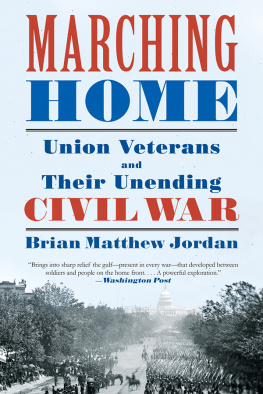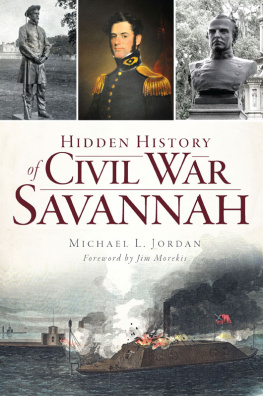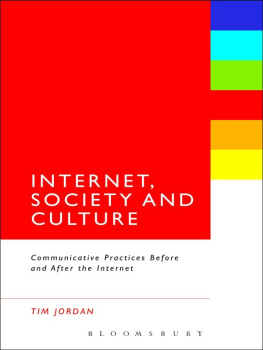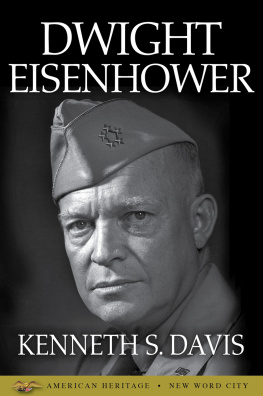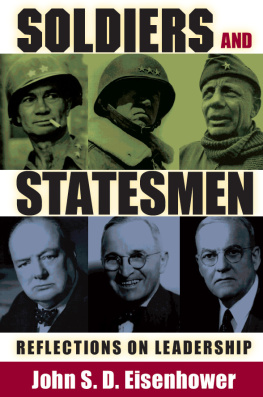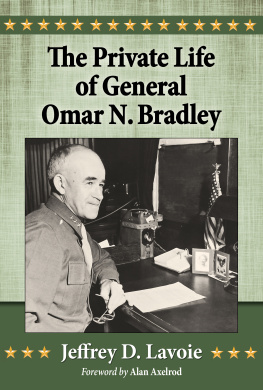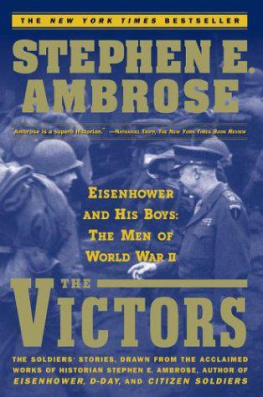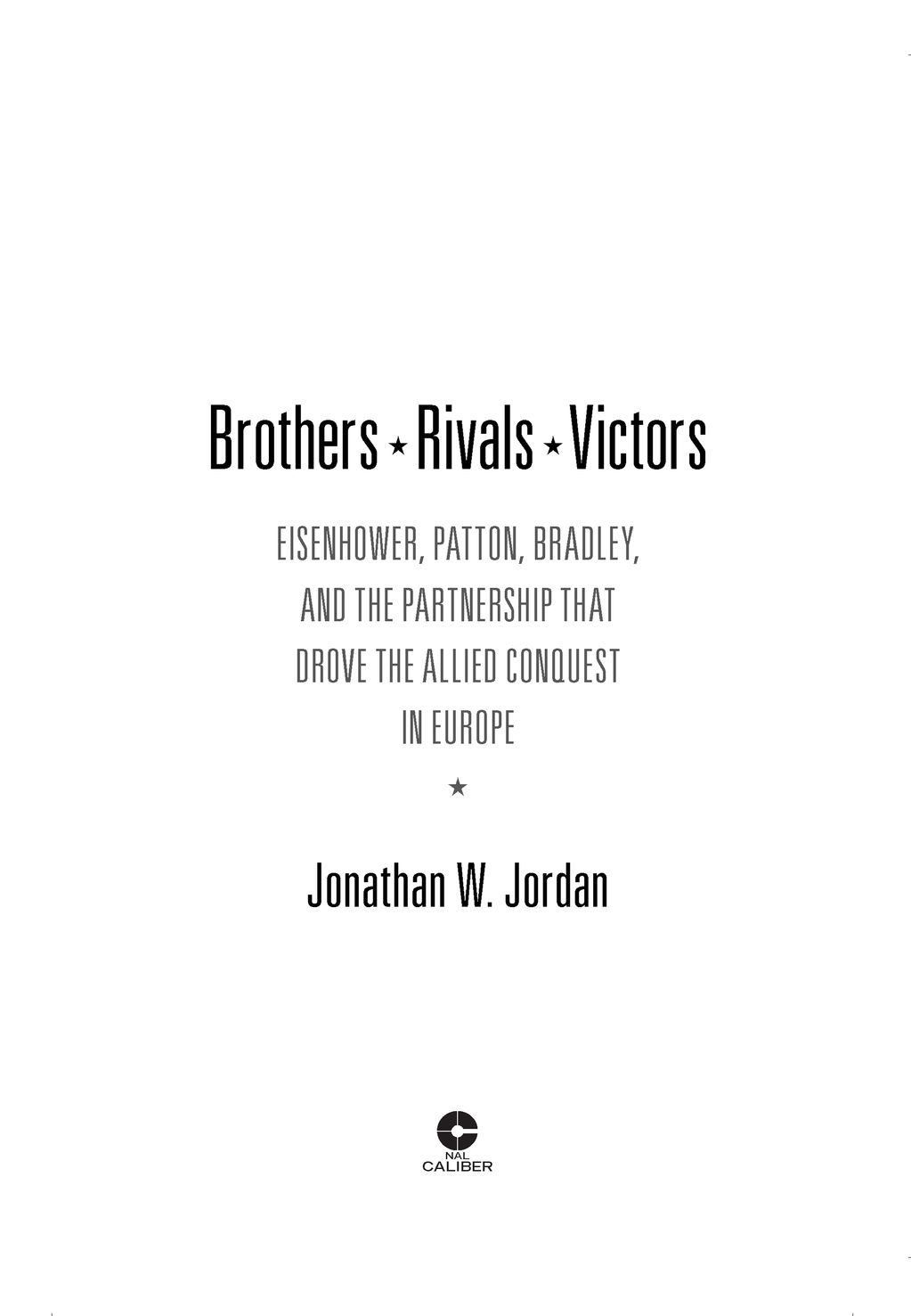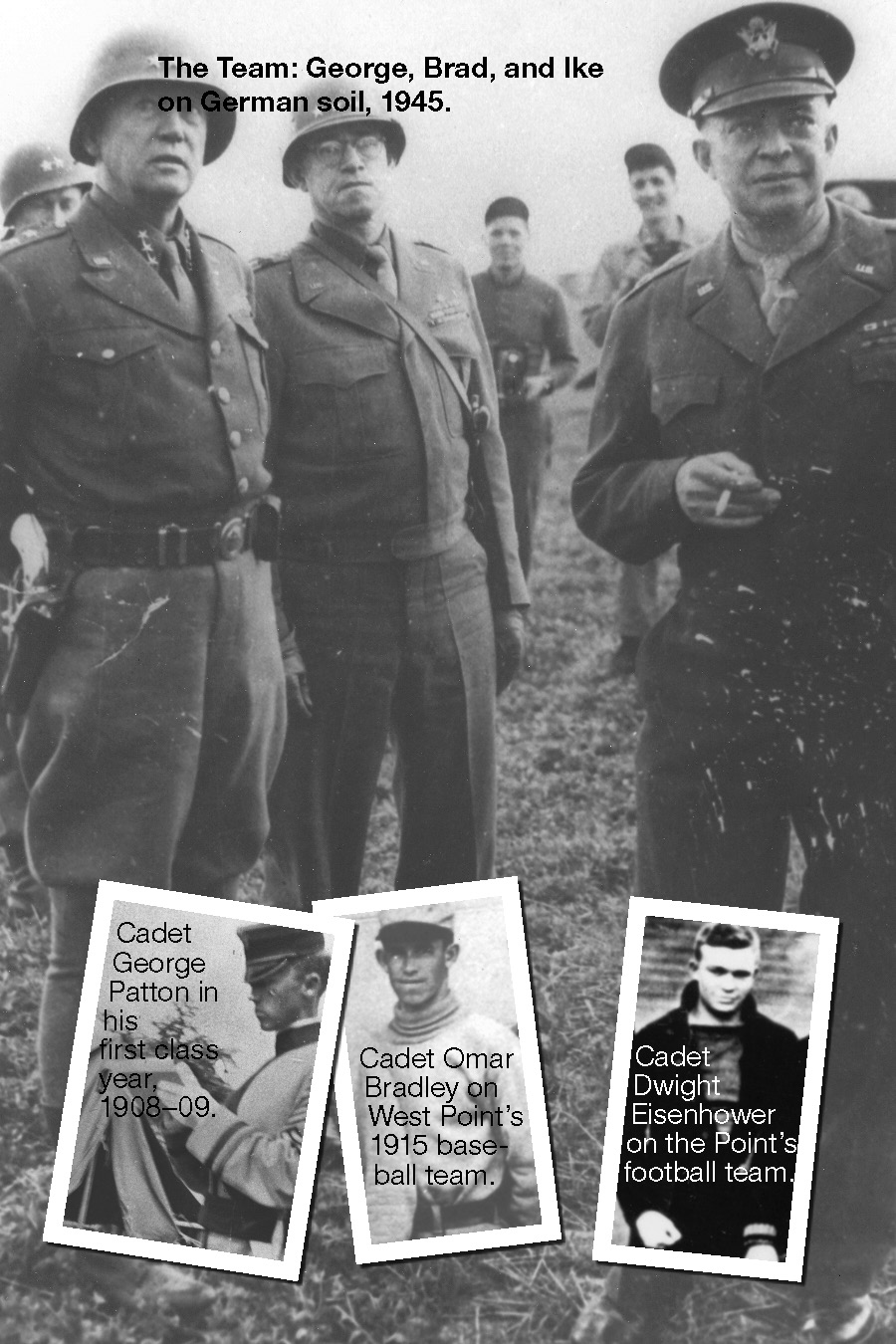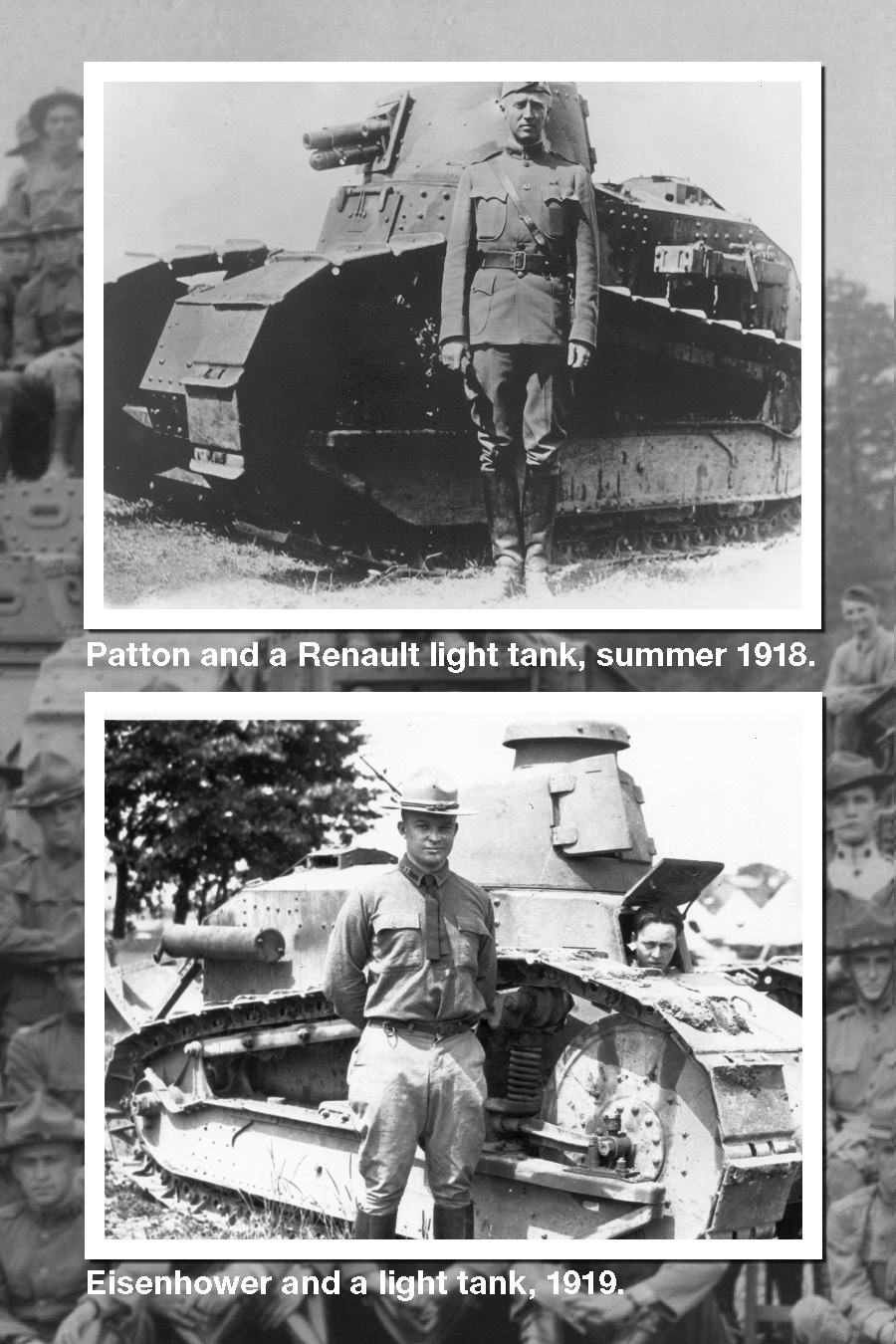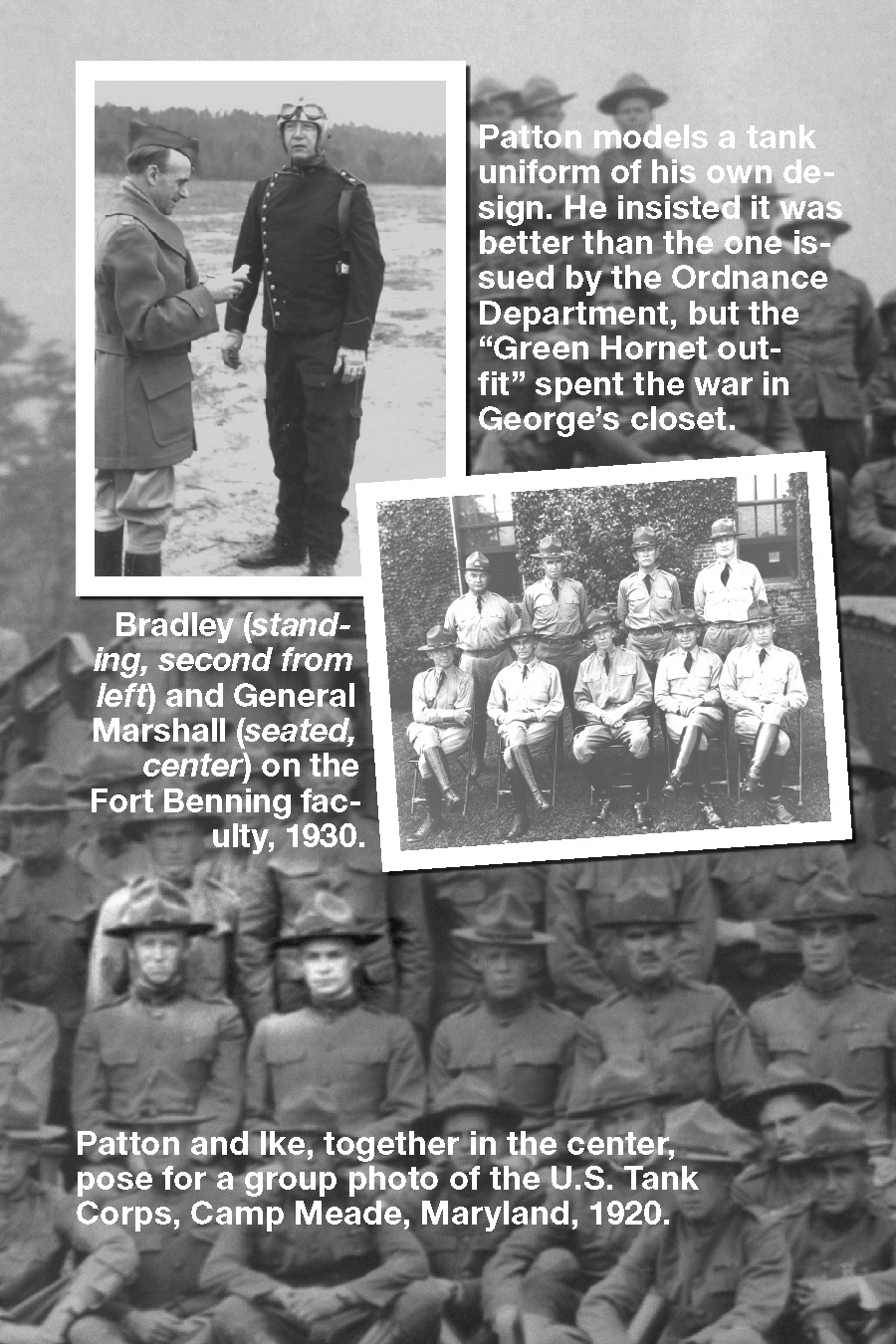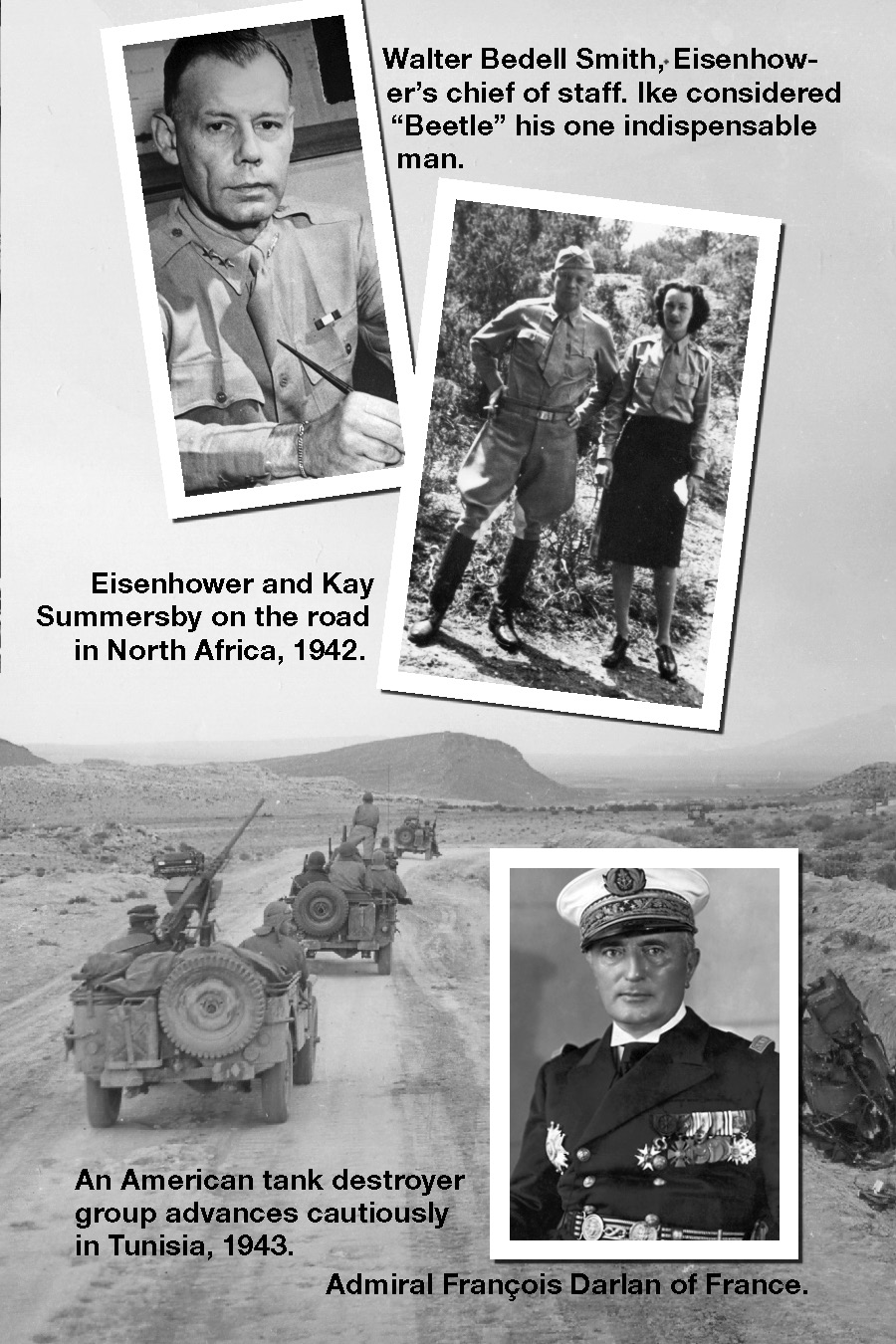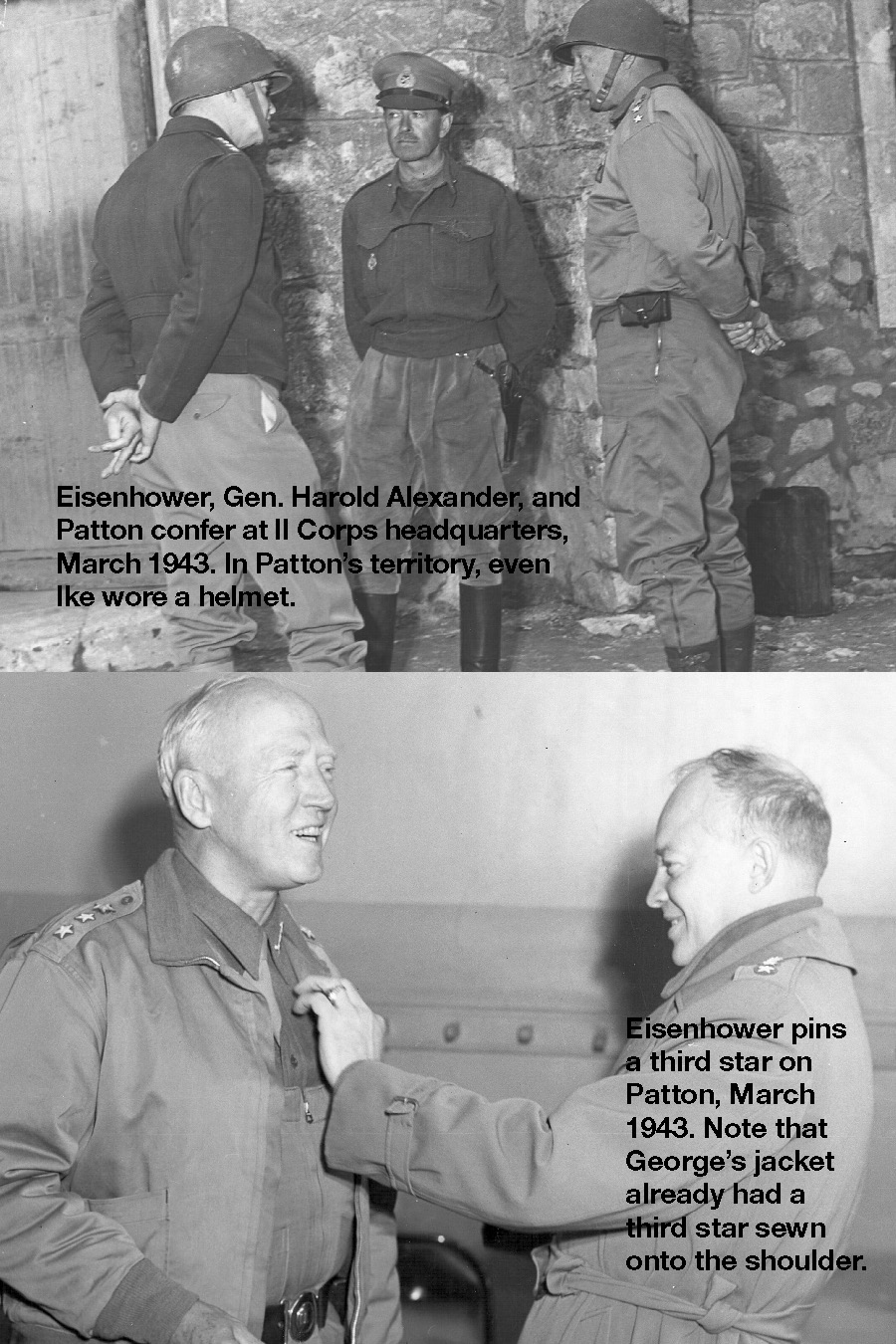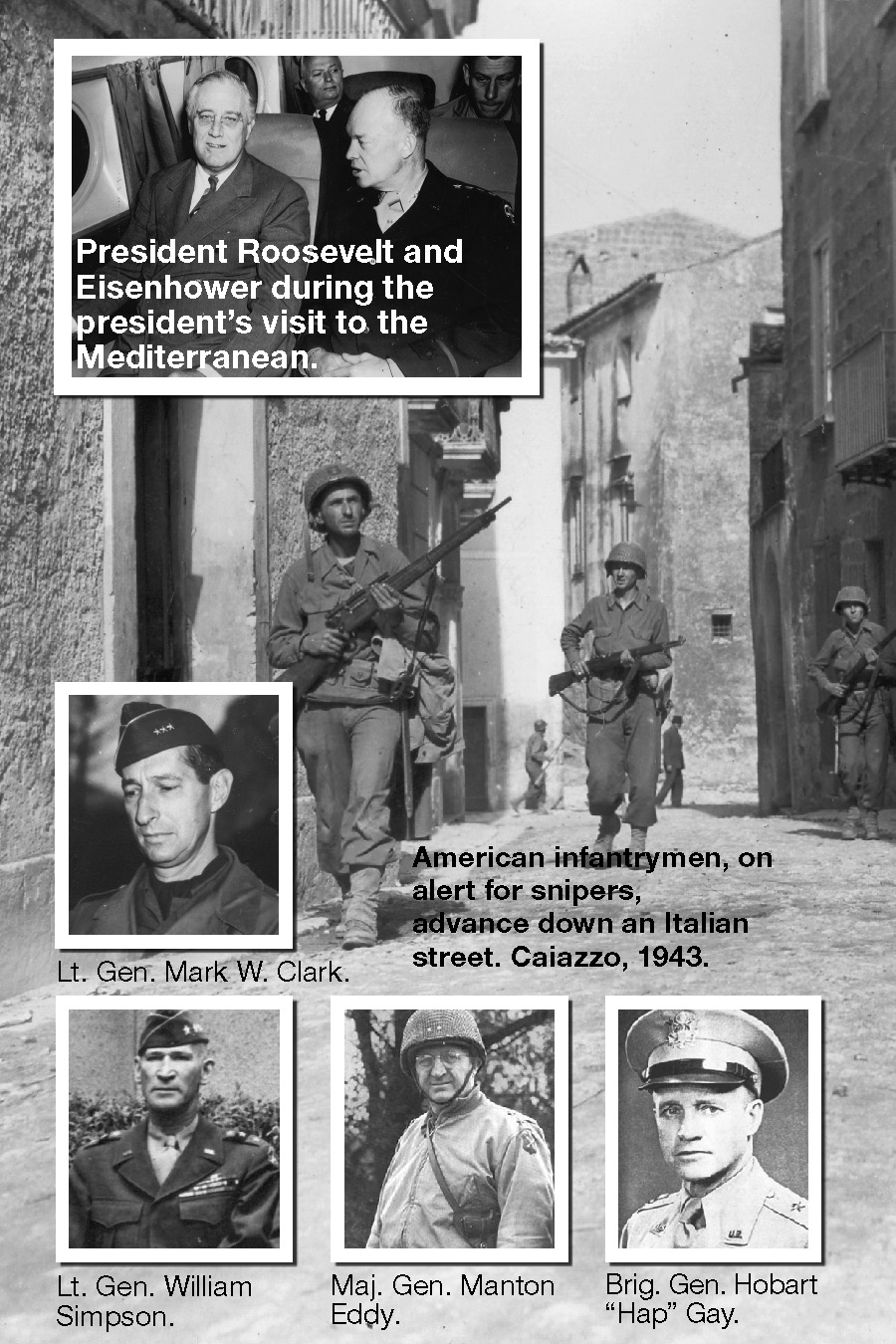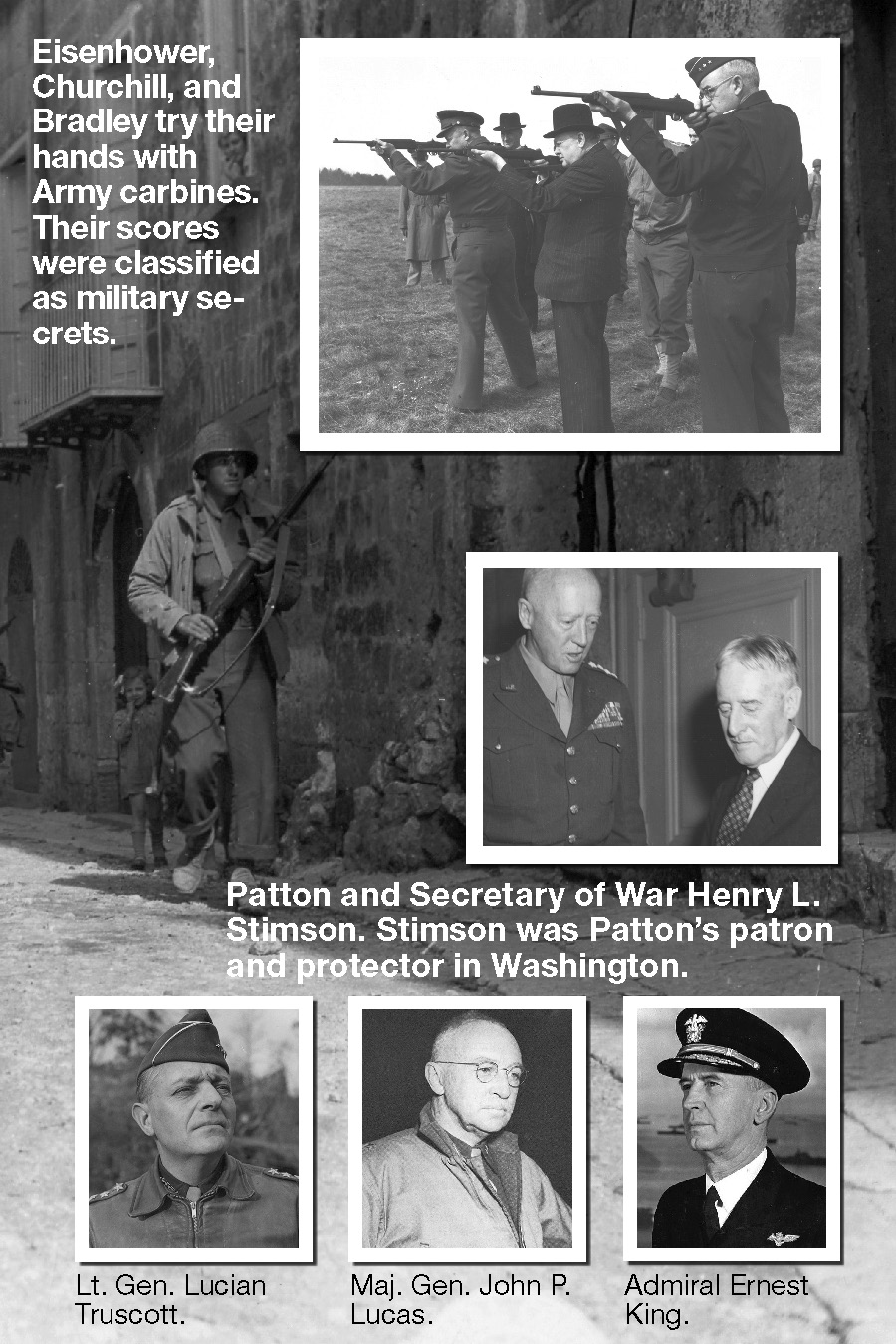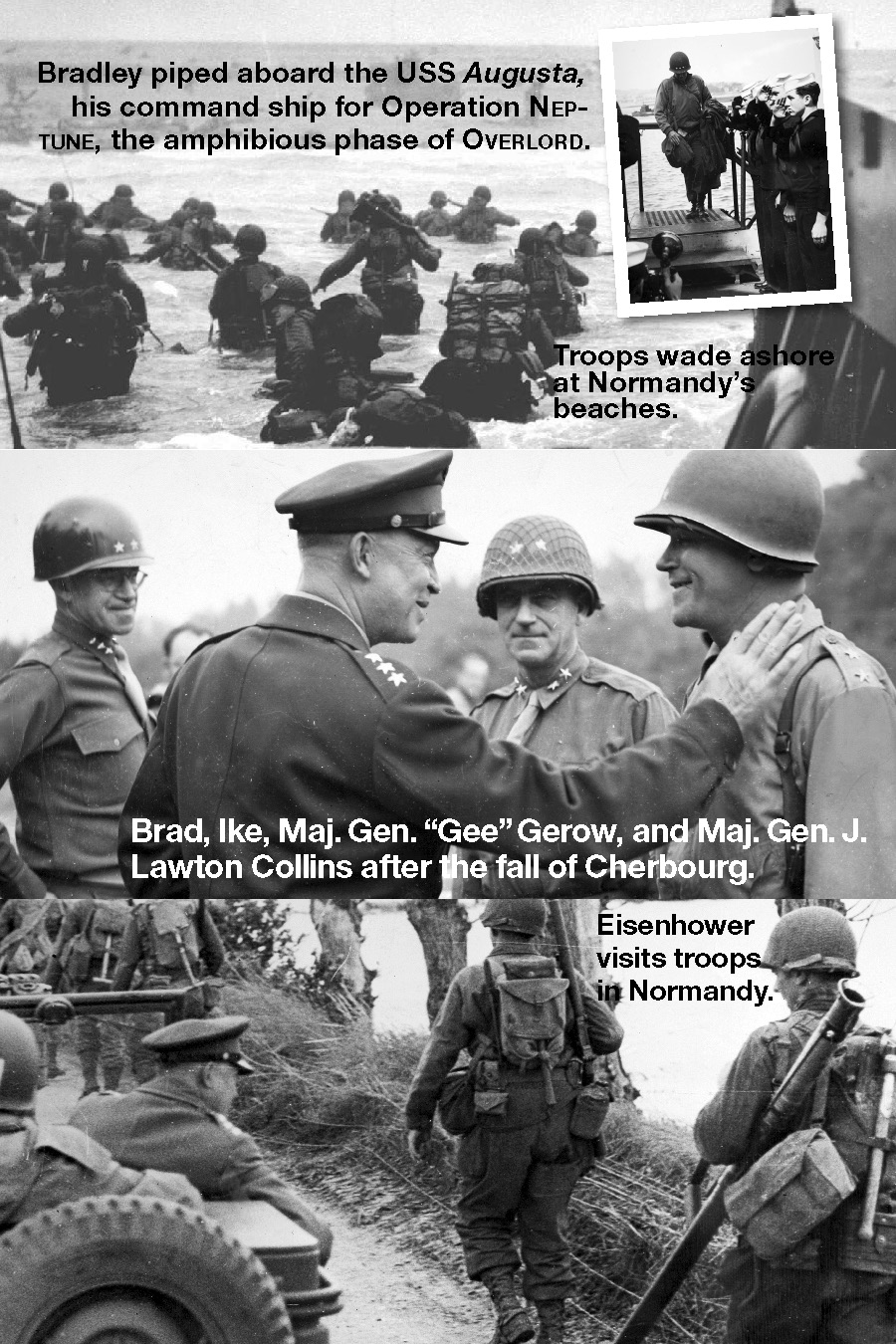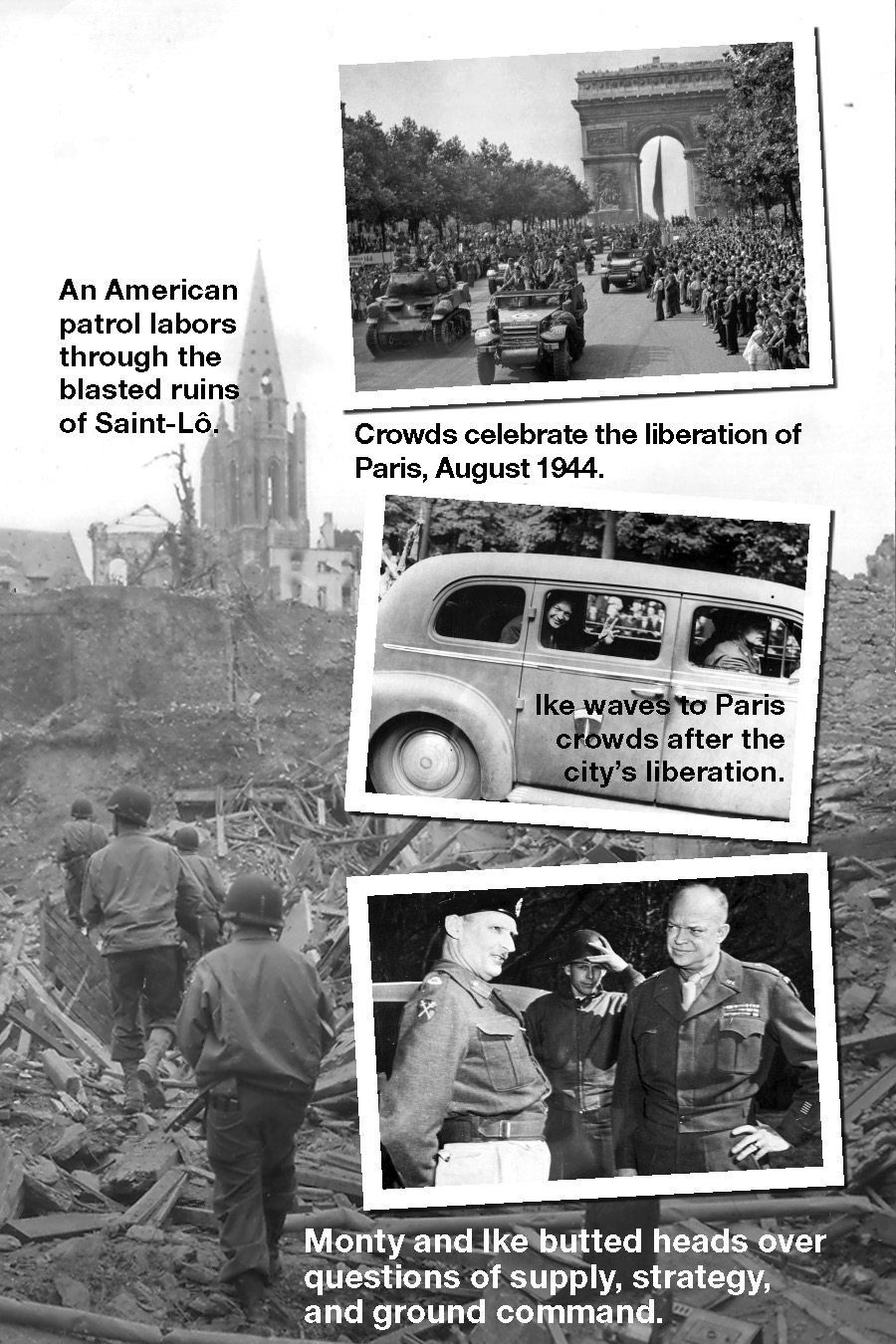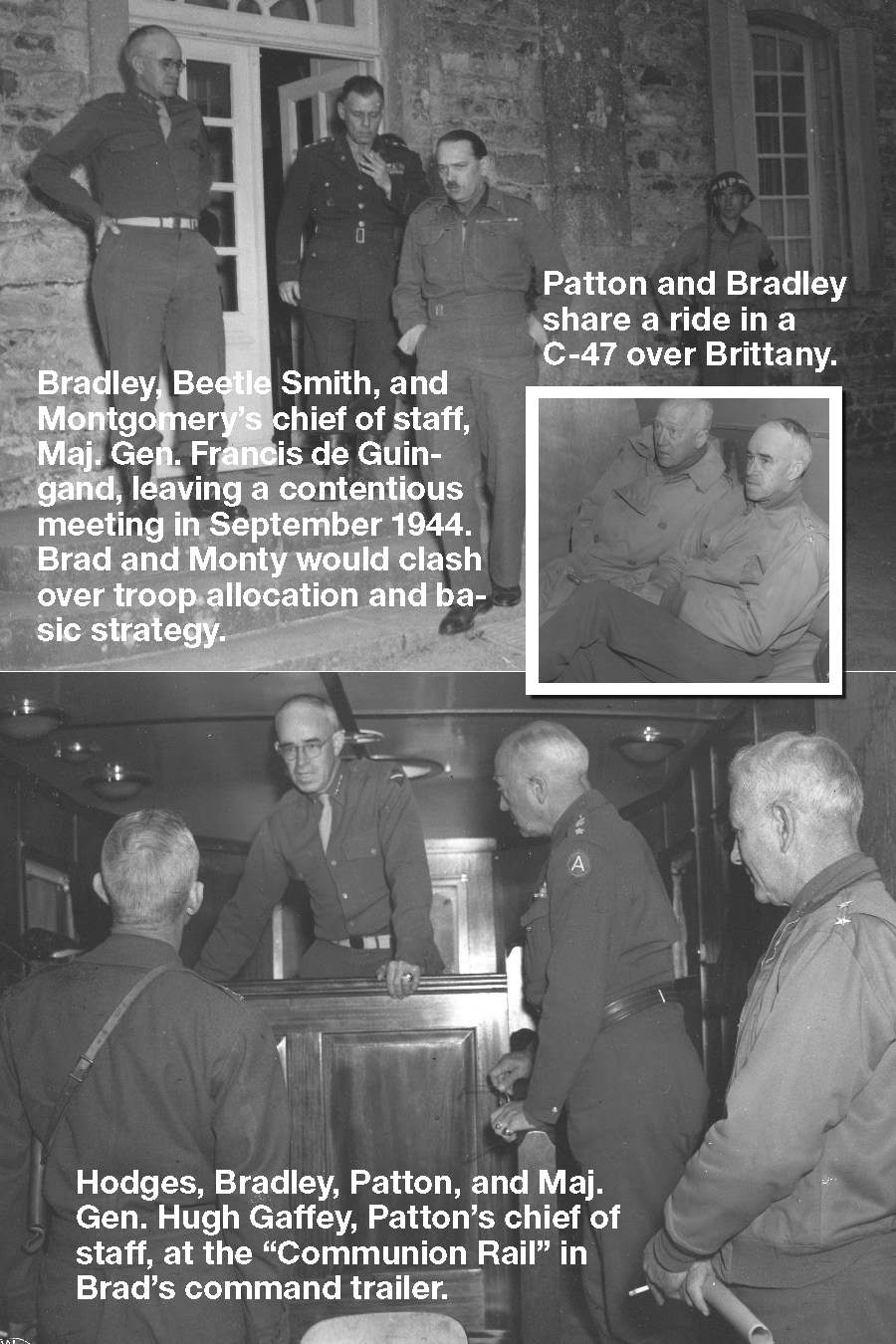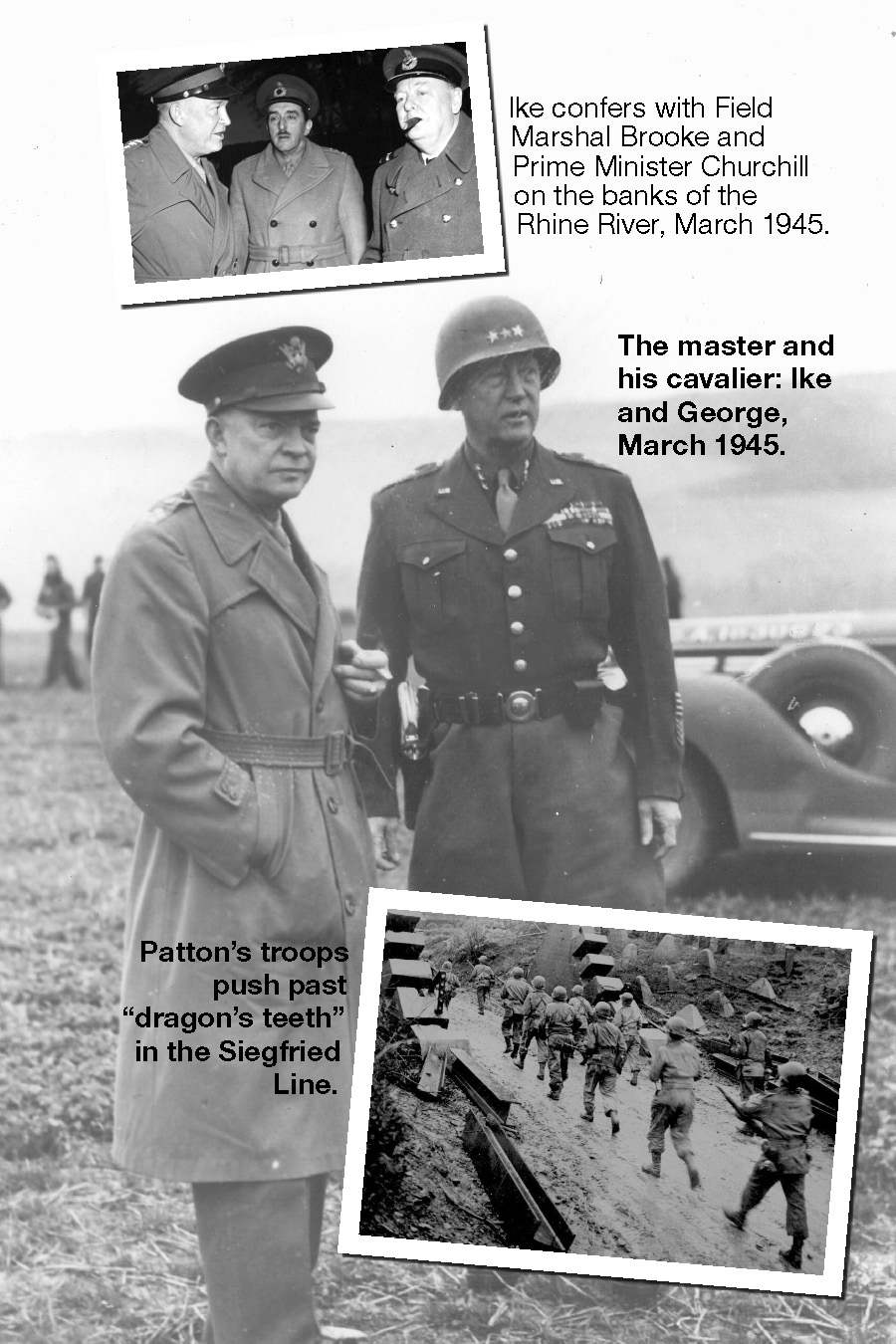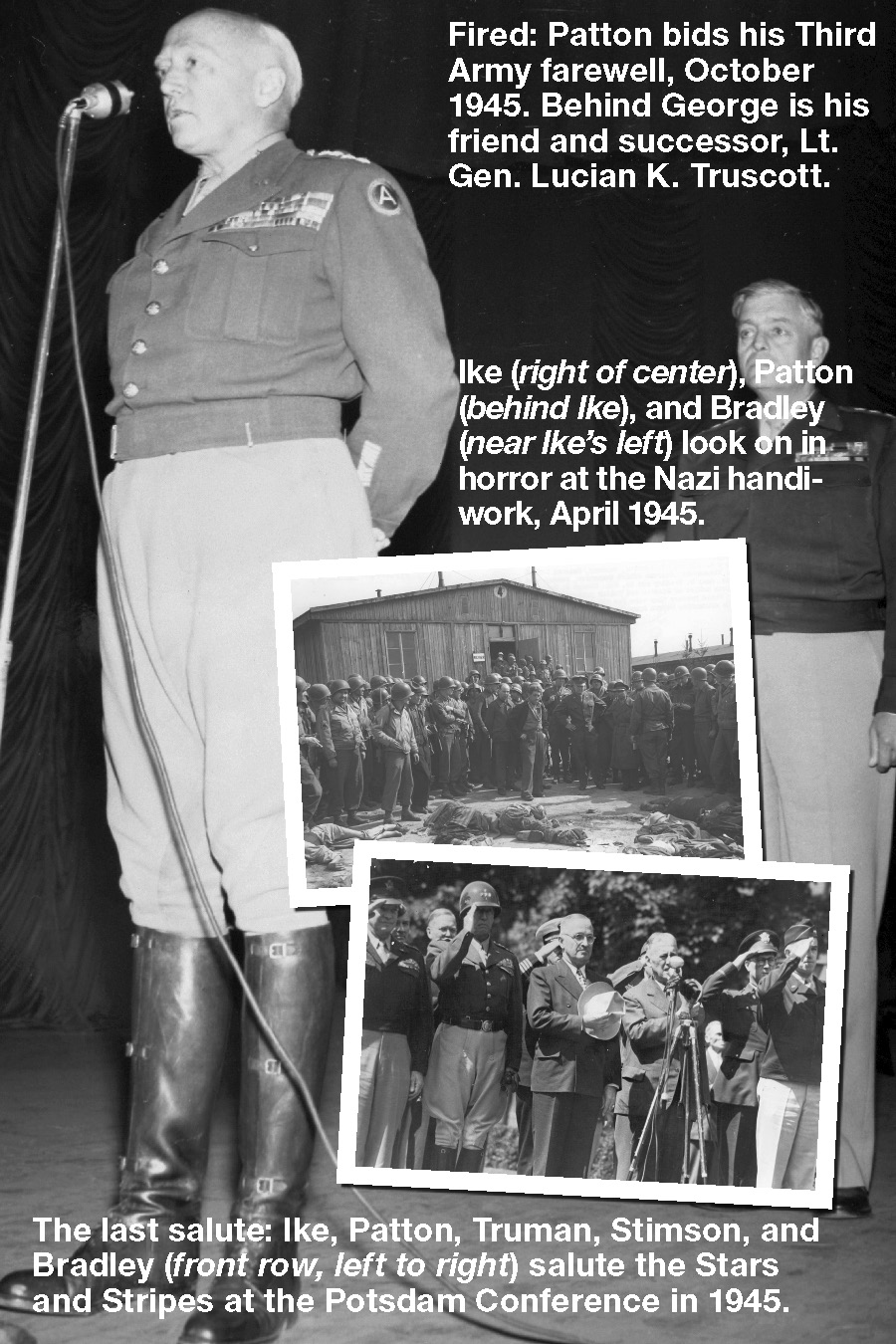Table of Contents
ALSO BY JONATHAN W. JORDAN
Lone Star Navy: Texas, the Fight for the Gulf of Mexico, and the Shaping of the American West
AS EDITOR
To the People of Texas: An Appeal in Vindication of His Conduct of the Navy by Commodore Edwin Ward Moore
To Austin, Emily, and Rachel
INTRODUCTION
THIS IS THE STORY OF THREE MEN Sent to tear down an empire.
It is a story of war and politics told through the eyes of three extraordinary soldiers, eyes tinted with biases, strengths, foibles, and wisdom collected over a half century of American life. It is a story of a rich man from southern California, a poor man from the Missouri backwoods, and a middle-class man from middle-class Kansas. It is the tale of three conflicting personalities that blended together to form one of the greatest command teams ever fielded, and it is the story of a decades-old friendship that would be tragically scorched by the fires of war.
This account of the campaign to liberate Europe is drawn from the words, observations, and writings of Generals Eisenhower, Bradley, and Patton, as well as those of the many aides, staffers, superiors, secretaries, stenographers, celebrities, chauffeurs, and orderlies who walked with them through their great struggle. Because it is told through the prisms of three individualsrather than the omniscient perspective of a twenty-first-century narrator perched atop a mountain of history booksthis is in no way a complete story of that great conflict, nor is it an altogether objective one. The documented thoughts of Patton and Bradley are riddled with contradictions, as the esteem in which the trio of soldiers held one another ebbed and flowed with the conflicting tides of politics, war, and personality.

Popular images of the three protagonistsa scowling Blood and Guts Patton, the unassuming GIs General, Omar Bradley, and the endearing, grinning photograph affixed to the slogan I LIKE IKEare comfortably accurate in some ways. Yet they are astonishingly untrue in others. For example, Eisenhowers explosive profanity was, word for word, at times nearly a match for Pattons (though much less given to studied eloquence), while Bradleys legendary calm demeanor, his associates would find, clothed a thin, troubled skin. Pattons capacity for erudition and groveling before his superiors, meanwhile, was as pronounced as Bradleys penchant for backbiting and ruthlessness.
Patton was fond of saying, Wars may be fought with weapons, but they are won by men. The Allied struggle against fascism bears out Pattons theorum. The Second World Wars tumultuous eventsTORCH and OVERLORD, Kasserine and the Bulge, Sicily and the Rhinelandare but reflections of the many warriors who planned and fought on those fields; warriors who brought to the battlefield their own talents, fears, flaws, and desires. The secret to the Allied victory was the patriotic and well-intentioned interplay of a cadre of talented, headstrong men who fought, deceived, schemed, bullied, and accommodated one another. It is thus the personal, sometimes dark story of three of the wars great battle captains, recounted in their trailers, offices, and private conversations, that this book lures into the sunlight.
Because the men depicted here were, by any honest measure, a mixture of the good and the bad America offered the world in the midtwentieth century, readers looking for an unyielding march toward greatness, or the validation or destruction of cherished public icons, will find little consistent support among the words and deeds of the three generals. They could be brilliant and selfless, and they could be shortsighted and petty. What follows, for better and worse, is a story more ambiguous, yet more resonant to the modern soul vexed with genuine troubles, insecurities, strengths, and contradictions. It is a story of the ancient struggles between friendship and duty, between ambition and sacrifice. Of brotherhood, of rivalry, and, in the end, of victory.
ACKNOWLEDGMENTS
NEARLY EVERY PERSON INTIMATELY ASSOCIATED with Generals Eisenhower, Bradley, and Patton during the Second World War has passed away, and the wartime record of those three legendary men has effectively become a closed, if sometimes elusive, set. This narrative draws from thousands of pages of diaries, letters to family and friends, reports, cables, oral histories, memoirs, transcripts, maps, photographs, sound recordings, and film footage of players in this drama. Those sources could not have been accessed and blended without the generous help of many scholars, historians, and specialists. In researching this book, I have become deeply indebted to the generous staffs of the Eisenhower Library, the Library of Congress, the U.S. Army Heritage and Education Center, the George C. Marshall Foundation Library, the National Archives and Records Administration, the Patton Museum, the United States Military Academy Library, the Ohio University Library, the Cobb County Public Library, and Emory Universitys Woodruff Library. To those I express my heartfelt thanks. Additionally, to Brent Howard, Jerry Morelock, John S. D. Eisenhower, Kate Jordan, Dan Crosswell, Allegra Jordan, Hal Elrod, Jim Hornfischer, Sally Jordan, Cindy Pope-Koch, Thad Wilson, LTC Andrew Ring, John Tent, and dozens of bloggers and history forum participants, I must express my deep gratitude for their generous editorial, scholarly, logistical, and commonsense help.





